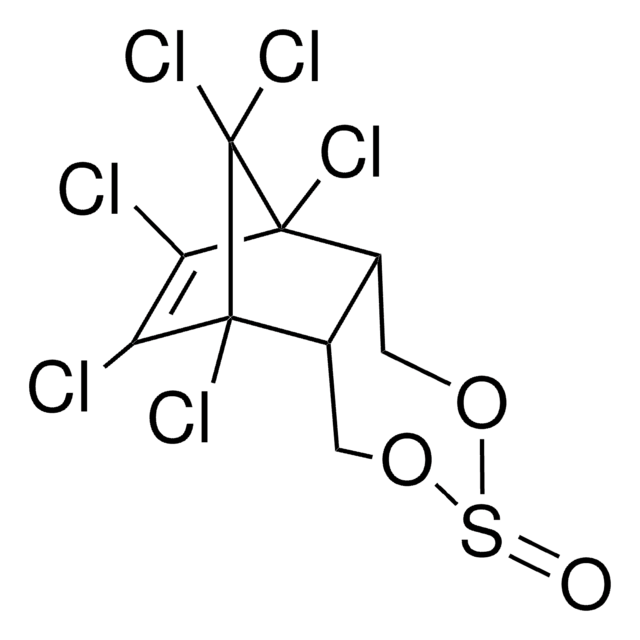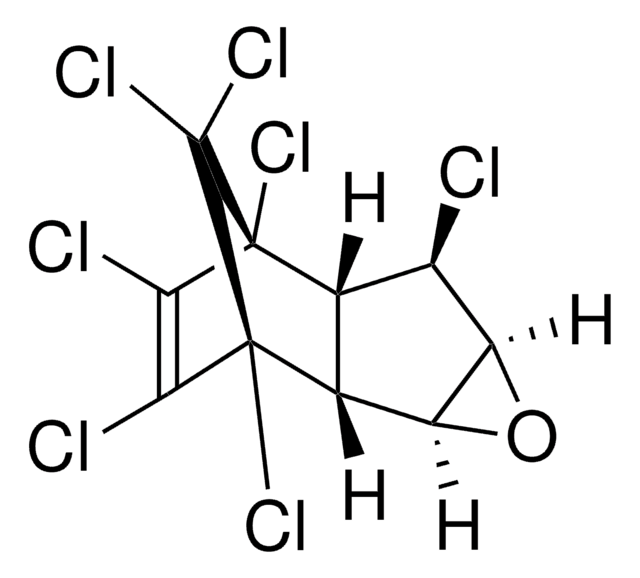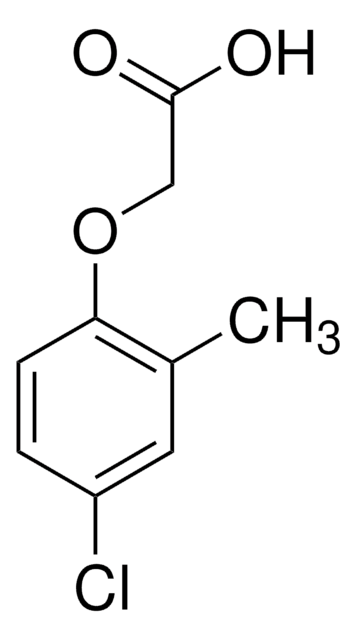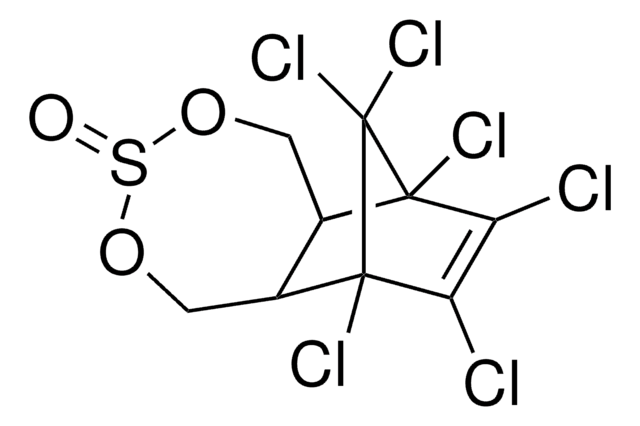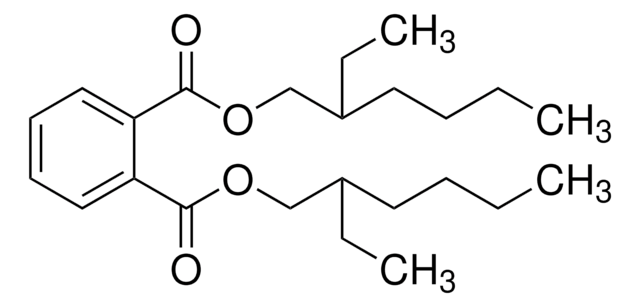PHR1078
Phytonadione
Pharmaceutical Secondary Standard; Certified Reference Material
Synonyme(s) :
Vitamine K1, 2-méthyl-3-phytyl-1,4-naphthoquinone, Phylloquinone, Vitamine K1(20)
About This Item
Produits recommandés
Qualité
certified reference material
pharmaceutical secondary standard
Niveau de qualité
Agence
traceable to BP 423
traceable to Ph. Eur. P1609000
traceable to USP 1538006
Famille d'API
phytonadione
CofA (certificat d'analyse)
current certificate can be downloaded
Conditions de stockage
protect from light
Technique(s)
HPLC: suitable
gas chromatography (GC): suitable
Indice de réfraction
n20/D 1.527 (lit.)
Pf
−20 °C (lit.)
Densité
0.984 g/mL at 25 °C (lit.)
Vous recherchez des produits similaires ? Visite Guide de comparaison des produits
1 of 4
Cet article | P1609000 | PHR1411 | PHR1031 |
|---|---|---|---|
| technique(s) HPLC: suitable, gas chromatography (GC): suitable | technique(s) gas chromatography (GC): suitable, liquid chromatography (LC): suitable | technique(s) HPLC: suitable, gas chromatography (GC): suitable | technique(s) HPLC: suitable, gas chromatography (GC): suitable |
| application(s) pharmaceutical (small molecule) | application(s) pharmaceutical (small molecule) | application(s) pharmaceutical (small molecule) | application(s) pharmaceutical (small molecule) |
| format neat | format neat | format neat | format neat |
| Quality Level 300 | Quality Level - | Quality Level 300 | Quality Level 300 |
| grade certified reference material, pharmaceutical secondary standard | grade pharmaceutical primary standard | grade certified reference material, pharmaceutical secondary standard | grade certified reference material, pharmaceutical secondary standard |
| storage temp. 2-8°C | storage temp. 2-8°C | storage temp. 2-8°C | storage temp. 2-8°C |
Description générale
Pharmaceutical secondary standards for application in quality control, provide pharma laboratories and manufacturers with a convenient and cost-effective alternative to the preparation of in-house working standards.
Application
Remarque sur l'analyse
Autres remarques
Note de bas de page
Produit(s) apparenté(s)
Code de la classe de stockage
10 - Combustible liquids
Classe de danger pour l'eau (WGK)
WGK 1
Point d'éclair (°F)
Not applicable
Point d'éclair (°C)
Not applicable
Certificats d'analyse (COA)
Recherchez un Certificats d'analyse (COA) en saisissant le numéro de lot du produit. Les numéros de lot figurent sur l'étiquette du produit après les mots "Lot" ou "Batch".
Déjà en possession de ce produit ?
Retrouvez la documentation relative aux produits que vous avez récemment achetés dans la Bibliothèque de documents.
Notre équipe de scientifiques dispose d'une expérience dans tous les secteurs de la recherche, notamment en sciences de la vie, science des matériaux, synthèse chimique, chromatographie, analyse et dans de nombreux autres domaines..
Contacter notre Service technique

